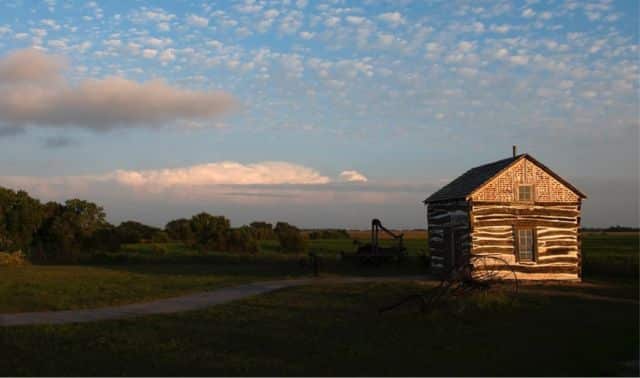A
affinity: A relationship that exists because of marital ties. “In-laws” is the contemporary term.
augmented family: An extension of the nuclear family that includes people bound together by law and marriage, rather than by blood. Examples include half-siblings, adopted children, stepchildren, stepparents and step-siblings.
aunt: In American society, can refer to a woman in four different relative positions: father’s sister, mother’s sister, father’s brother’s wife or mother’s brother’s wife.
B
brother: In addition to the obvious meaning, can include the husband of one’s sister, the brother of one’s wife, the husband of one’s sister-in-law, a half-brother or a stepbrother. Genealogists must also be aware that ‘‘brother’’ may refer to a member of one’s church.
C
consanguinity: Refers to persons who share common descent or biological heritage.
cousin: A very general term in American society referring to someone with whom you share a common ancestor. It can refer to a relative occupying a position on either the mother’s or father’s side, and may also refer to someone related only by affinity. If this person is in a different generation, the term removed is used to designate the number of generations separating individuals: i.e., if you are two generations apart from a cousin, that person would be your first cousin, twice removed. Learn more about calculating cousinhood here.
E
extended family: A term used to describe families of more than two generations within a household or relationship.
F
full sibling: One who has the same biological mother and father (thus the same ancestry) as another individual.
H
half-sibling: One who has one of the same parents (and therefore shares only one side of the lineage) as the other.
I
in-law: In contemporary society, a term used to designate someone to whom you are related by your own marriage or that of a sibling. In colonial society, this term also referred to relationships created by the marriage of a parent, currently called step relationships. Thus a “mother-in-law” in the seventeenth century may have been a father’s second wife.
N
natural child: Can be a confusing term. Sometimes researchers find this term and conclude that it denotes an illegitimate relationship. Rather, it is meant to indicate a relationship by blood rather than one by marriage or adoption. An illegitimate child may be called “my base son” or “my bastard son,” or even “my alleged son.’”
nephew/niece: The child of a sibling (or a half-sibling, or a step-sibling, or a spouse’s sibling, or your sibling’s spouse’s sibling). Because the term derives from the Latin term nepos, meaning grandson, it is possible that an early colonial reference may have this meaning.
now wife: Can fool a researcher into assuming that the testator of a will using this term had a former wife. While this may be true, it is more likely the testator is indicating that the bequest is intended only for his present wife and not necessarily for any subsequent wife he may have. Donald Lines Jacobus wrote, “It is to be doubted whether any other legal phrase has fooled so many of our most experienced genealogists.”
nuclear family: A family group consisting of mother, father and dependent children.
S
step-sibling: Is one related by virtue of a parent’s marriage to an individual with children by a former marriage or relationship. While there is no relation by blood, there can be strong ties of emotion and tradition between step-siblings.
U
uncle: In American society may refer to a man in four different relative positions: father’s brother, mother’s brother, father’s sister’s husband or mother’s sister’s husband.
If you found this information handy, there’s lots more! Be sure to check out the rest of The Family Tree Problem Solver, 3rd edition: Tried-and-True Tactics for Tracing Elusive Ancestors by Marsha Hoffman Rising.




